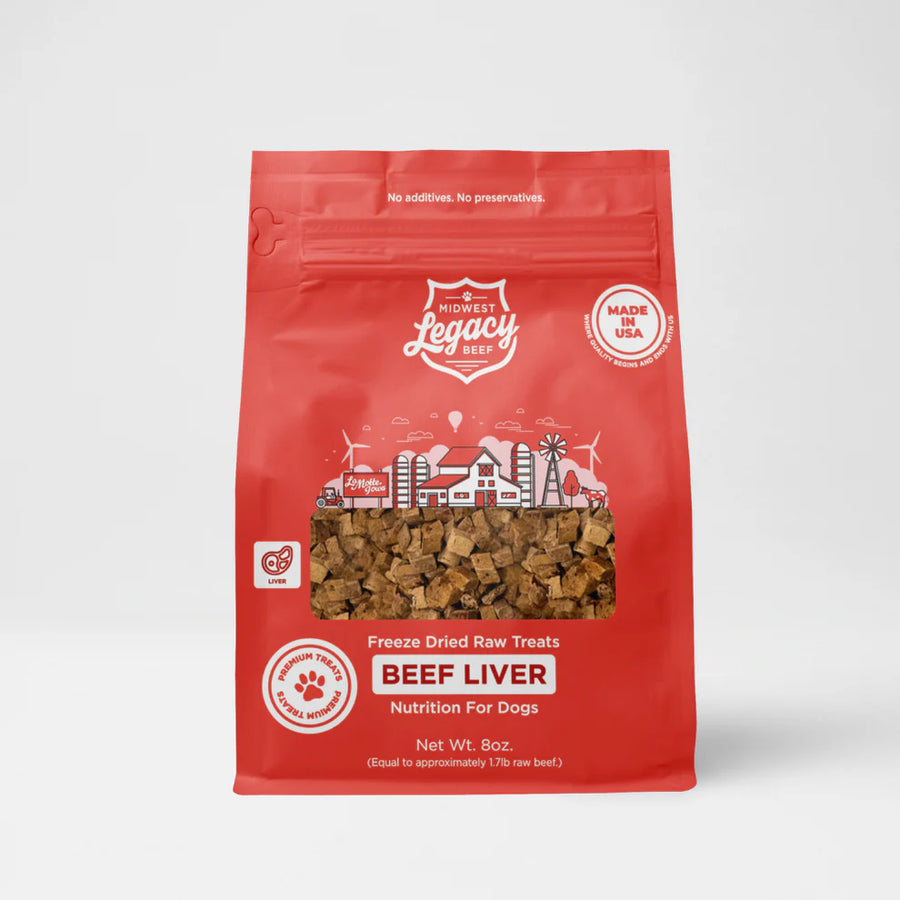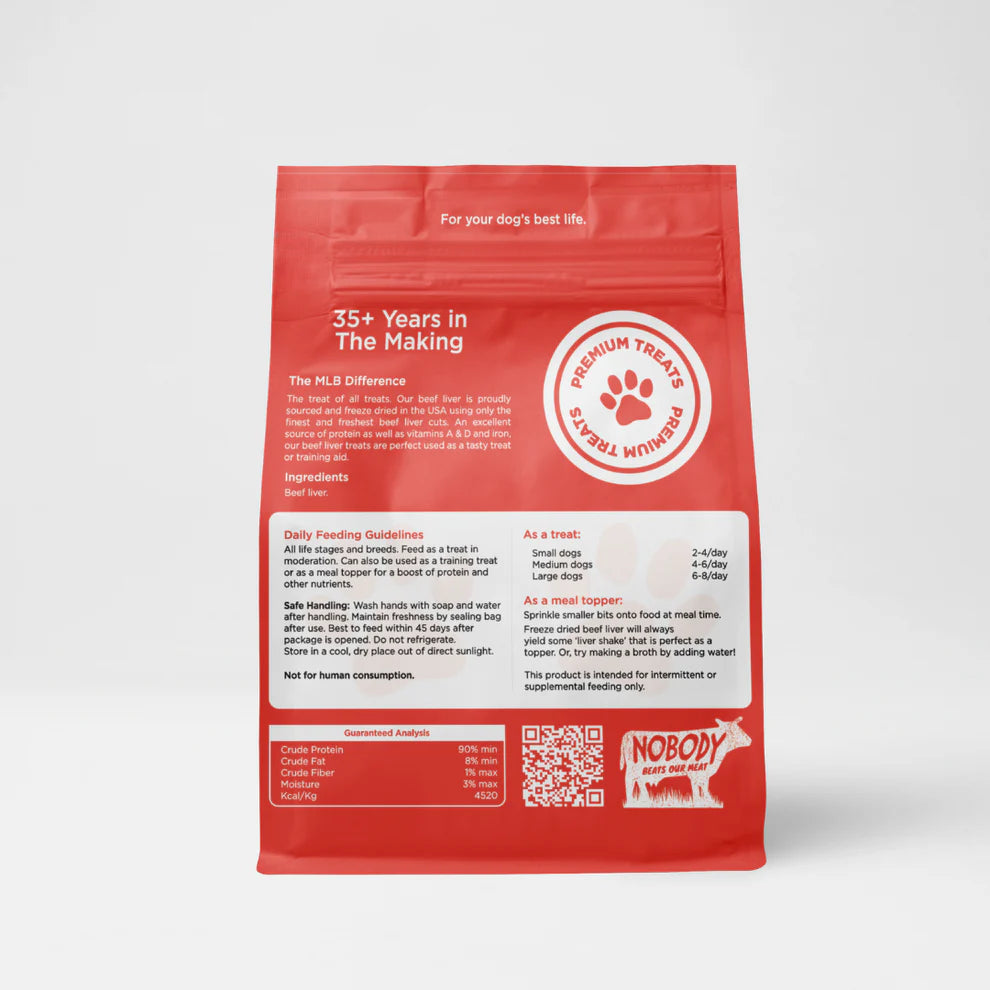Dogs lives are too short
Dogs lives are too short Their only fault really
"Dogs' lives are too short. Their only fault, really." This sentiment, shared by many dog lovers, reflects the deep emotional bond we form with our canine companions.
Our dogs become part of our families. They share our joys, comfort us in sorrow, and offer unconditional love.
Yet, their lifespans are significantly shorter than ours. This reality often leaves us wishing for more time with our beloved pets.
Understanding a dog's lifespan can help us make the most of the time we have with them. It can guide us in providing the best care at each stage of their lives.
Lifespan in dogs varies greatly. Factors such as breed, size, genetics, and health care play significant roles.
For instance, small dog breeds tend to live longer than large breeds. Yet, some large dogs defy this trend and enjoy long lifespans.
The average dog lifespan is around 10-13 years. However, many dogs live well beyond this average, while others may have shorter lives due to health issues or accidents.
Regular veterinary care, a balanced diet, and adequate exercise can contribute to a longer, healthier life for our dogs. Mental stimulation and social interaction are also crucial for their overall well-being.
In this comprehensive guide, we delve into the fascinating topic of dogs' lifespan. We explore breed-specific lifespans, the impact of health and care factors, and the role of genetics and environment.
We also provide practical tips on how to potentially extend your dog's life. And we touch upon the emotional aspect of dealing with our dogs' mortality.
Our aim is to help you understand your dog's lifespan better. To equip you with knowledge that can enhance their life quality and possibly even their longevity.
After all, while we can't change the fact that dogs' lives are shorter than ours, we can certainly make every moment count.
Understanding Dogs' Lifespan
Dogs captivate us with their joy, loyalty, and boundless energy. Despite the variation in their lifespans, they all create an enduring impact.
The lifespan of dogs can vary widely. Small breeds often surpass their larger counterparts in longevity.
Breeds like Chihuahuas and Dachshunds can live up to 15 years or more. In contrast, larger breeds like Great Danes may have shorter lifespans.
The differences are not arbitrary. Each breed has specific factors influencing how long they might live.
Lifespan depends on numerous elements. Genetics, health care, and lifestyle choices significantly affect it.
To optimize a dog's lifespan, a holistic understanding of these factors is essential. This includes the role of diet, exercise, and preventive health care.
The concept of "dog years" helps pet owners relate canine age to human age. Typically, one dog year is equivalent to about seven human years.
The reality, however, is not that simple. Aging rates differ between breeds and even among individual dogs.
A detailed dog age chart can provide insights into what life stage your dog is in. It guides owners in making age-appropriate care decisions.
The Average Dog Lifespan
The average dog lifespan hovers around 10-13 years. Yet, this is just a midpoint, with significant variability.
Certain breeds consistently experience longer or shorter lives. Toy breeds, like Yorkshire Terriers, usually outlive giant breeds.
The mixed-breed dogs often boast longer lifespans than their purebred peers. They benefit from genetic diversity, reducing the likelihood of inherited conditions.
Environmental factors also come into play. Dogs that live in loving homes with proper care often exceed average lifespans.
While 10-13 years seems brief, the quality of those years matters immensely. Ensuring a happy and healthy life is key.
Factors Influencing Lifespan
Several key factors determine how long your dog might live. Understanding these can help you make better decisions for your pet's health.
Genetics play a critical role. Dogs with a history of health problems in their lineage may face similar challenges.
Lifestyle choices are equally influential. Regular exercise helps maintain an ideal weight, crucial for longevity.
Diet and nutrition cannot be underestimated. A balanced, age-appropriate diet supports a strong immune system and overall health.
Preventive veterinary care, like vaccinations and screenings, detects issues early. This often leads to more effective treatment and better outcomes.
Spaying and neutering can mitigate the risk of certain cancers. This can contribute positively to a dog's lifespan.
Other factors, such as mental well-being, are often overlooked. Dogs thrive on love, attention, and mental stimulation.
Environmental elements also count. A safe, stress-free living situation prolongs both lifespan and quality of life.
Lastly, breeders' practices affect lifespan. Responsible breeding focuses on health and longevity over mere appearance.
- Key Influencing Factors:Genetics and breed traits
- Lifestyle and exercise
- Nutrition and diet
- Preventive healthcare
- Emotional well-being
- Safe living conditions
- Breeding practices
Breed-Specific Lifespans
Breed differences play a vital role in dogs' lifespans. Every breed has unique traits that influence how long they live.
While genetics set the stage, other factors interact with these traits. This creates a complex picture of canine longevity.
Understanding breed-specific lifespans helps owners prepare for the life stages of their dogs. This can greatly impact how you care for your pet.
Some breeds face specific health challenges that may shorten their lives. Knowing these can lead to better preventive care.
Conversely, certain breeds enjoy natural longevity without major health issues. But they still require proper care to reach their potential lifespan.
Knowledge about breed-specific lifespan includes understanding typical health issues. It also involves recognizing the lifestyle that best suits each breed.
Breeds like the Beagle have enduring vitality, often living 12-15 years. They generally have fewer breed-specific health problems.
Healthcare advancements contribute to longer lifespans. Yet, the base genetic potential of each breed remains crucial.
It's essential to explore individual breed traits to tailor healthcare. Additionally, lifestyle adjustments help align with their longevity expectations.
A comprehensive understanding makes pet ownership more rewarding. It allows owners to optimize both life length and quality for their pets.
Small vs. Large Breeds
Small dog breeds tend to outlive larger ones. This pattern holds for many popular breeds.
Breeds like the Chihuahua often live to 15 years or more. Their small stature poses fewer joint and heart issues compared to large breeds.
Larger breeds like the Saint Bernard face rapid aging. Their size predisposes them to cardiovascular issues and joint problems.
Medium-sized breeds generally fall between small and large breeds. For example, a Border Collie, a medium breed, can live 12-15 years.
The smaller breed lifespans emphasize the importance of regular veterinary care and a balanced diet. Maintaining a healthy weight plays a critical role in overall lifespan for all dogs.
Large Dogs with Long Lifespans
Though large, some breeds defy the trend of shorter lives. Breeds like the Alaskan Malamute and Great Pyrenees enjoy relatively extended lifespans.
These breeds can average around 10-14 years. They benefit from genetics robust enough to mitigate size-related health issues.
Alaskan Malamutes thrive when their working instincts are engaged. Owners should focus on mental and physical stimulation to maximize their lifespan.
Great Pyrenees are known for their gentle disposition. They're prone to live lengthy lives when their health is closely monitored.
Even with large size, these breeds show that proper care, diet, and exercise extend life. Breeders also play a role by prioritizing health over size.
Lifespan of Popular Breeds
Popular breeds each have distinct lifespan expectations. Owners should understand these nuances to better care for their pets.
Labrador Retrievers, one of the most beloved breeds, have an average lifespan of 10-12 years. They often face health issues like hip dysplasia.
Golden Retrievers usually live 10-12 years as well. Their primary concerns include heart disease and cancer.
German Shepherds tend to live around 9-13 years. This breed faces potential issues with spinal health as they age.
Poodles, known for their intelligence, boast a longer lifespan of 12-15 years, depending on size. Their primary concerns are skin and eye health.
Among small breeds, Yorkshire Terriers shine with potential longevity. They often live 13-16 years, benefiting from fewer size-induced ailments.
- Popular Breeds and Lifespans:Labrador Retriever: 10-12 years
- Golden Retriever: 10-12 years
- German Shepherd: 9-13 years
- Poodle: 12-15 years
- Yorkshire Terrier: 13-16 years
Understanding breed specifics helps in tailoring healthcare and lifestyle. This ensures each dog gets the best possible quality and length of life.
Health and Care Factors
A dog's health hinges on several critical components. These factors collectively determine the quality and longevity of your dog's life. Understanding each aspect is essential for optimal care.
Every dog has specific dietary needs influenced by their age, size, and breed characteristics. Proper nutrition directly impacts their overall well-being.
Exercise and weight management go hand in hand. Regular physical activity prevents obesity and supports cardiovascular and joint health.
Consistent veterinary care and preventative measures help catch potential issues early, reducing long-term health risks. It also creates a reliable history of health records.
Mental health plays a significant role in dogs' lives. Social interaction, mental stimulation, and enriching environments promote happiness and reduce stress.
Incorporating these key elements into daily life sets a foundation for lifelong vitality. Together, they empower owners to foster healthy, happy pets.
Diet and Nutrition
Diet and nutrition are the cornerstones of a dog's health. A balanced diet ensures they receive necessary nutrients for growth and maintenance.
Puppies, adults, and senior dogs have varying dietary needs. Tailoring food to life stages supports optimal development and longevity.
High-quality dog food often provides a balanced nutritional profile. However, each dog's dietary plan should align with their activity level and specific needs.
Obesity is a growing concern, often linked to overfeeding or poor diet. Monitoring portions and choosing high-quality food can prevent this common issue.
The right diet not only improves physical health but also enhances immune response. Thus, nutritional decisions impact both immediate and long-term health outcomes.
Exercise and Weight Management
Exercise is vital for maintaining a healthy weight. It also promotes muscle tone, joint flexibility, and a balanced mental state.
The amount of exercise necessary varies by breed and age. Active breeds like Border Collies require more daily activity compared to others.
Weight management is critical for preventing health problems. Joint issues and cardiovascular disease are common consequences of obesity in dogs.
Physical activity should be consistent and varied. Different activities ensure comprehensive fitness and keep dogs mentally engaged.
Regular exercise combined with a well-managed diet is crucial for sustaining a healthy weight. This maximizes your dog's life expectancy and quality of life.
Veterinary Care and Preventative Measures
Veterinary care is integral to a dog's health. Routine check-ups help detect issues early and maintain up-to-date health records.
Preventative measures like vaccinations, parasite control, and dental care are crucial. They protect against diseases that could shorten a dog's life.
- Key Preventative Measures:Vaccinations protect against common infectious diseases.
- Flea and tick prevention reduces the risk of vector-borne illnesses.
- Regular dental cleanings prevent gum disease and other related health issues.
- Routine blood work can catch early signs of potential health conditions.
- Weight checks monitor for obesity and metabolic disorders.
Regular veterinary visits help maintain a comprehensive view of your dog's health status. They're essential for implementing effective preventive care strategies.
Mental Health and Socialization
Mental health profoundly impacts a dog's quality of life. Socialization and mental stimulation are vital from a young age.
Proper socialization reduces behavioral problems. It exposes dogs to various environments and interactions, making them well-adjusted companions.
Mental stimulation activities challenge a dog's brain. This keeps them sharp and prevents boredom-related behaviors.
Social interaction with humans and other dogs strengthens bonds and provides comfort. This interaction positively influences emotional well-being.
An enriched environment with toys, games, and play sessions is essential. Such engagements are key to maintaining mental health, fostering fulfillment and joy in daily life.
The Role of Genetics and Environment
Genetics and environment are two significant factors in a dog's lifespan. While we can't alter genetic makeup, understanding its influence helps manage potential health risks.
Environment, on the other hand, is within our control. Providing a supportive setting can greatly enhance a dog's overall well-being.
Both genetics and environment intertwine, shaping a dog's life expectancy. They contribute to health, behavior, and quality of life.
Recognizing genetic predispositions allows owners to plan appropriate care. This includes selecting the right diet, exercise regimen, and veterinary care.
The environment determines daily life quality. It encompasses everything from housing conditions to social interactions and stress levels.
Genetic Predispositions
Genetic predispositions significantly impact a dog's lifespan. These inheritable traits influence susceptibility to certain diseases.
Breeds often have known genetic health issues. For example, Labs are prone to hip dysplasia, while certain large breeds face heart conditions.
Understanding these predispositions allows for proactive health care. Regular screenings can detect problems before they become severe.
Mixed breeds may enjoy hybrid vigor, reducing genetic disease likelihood. Nonetheless, each dog requires individual evaluation.
Breeders can help by practicing ethical breeding strategies. This promotes healthier future generations, emphasizing longevity and vitality.
Environmental Impacts on Lifespan
A dog's environment plays a critical role in its longevity. Stress, living conditions, and daily routine all contribute to its health.
A stimulating environment prevents boredom and stress-related behaviors. Mental engagement is crucial for emotional stability.
Living conditions, such as space and cleanliness, directly affect physical health. Comfortable, secure homes foster well-being.
Outdoor exposure must be balanced with safety. Harsh climates or unsafe areas can lead to health issues or accidents.
A stable environment with consistent routines and positive interactions supports a healthy and happy life. It's a key ingredient for extending lifespan.
Extending Your Dog's Life
Ensuring a long, healthy life for your dog involves several elements. While you can't change genetics, your actions and choices have substantial impacts.
Improving your dog's lifespan starts with basic day-to-day care. Provide a balanced diet, regular exercise, and routine veterinary care.
Creating a nurturing and stimulating environment plays a key role. Emotional well-being positively affects physical health.
Adopt strategies that promote both mental and physical fitness. Tailoring these to your dog's specific needs is crucial.
Prevention is as important as treatment. Focus on reducing risks through preventive measures and early detection.
Tips for a Longer Life
To help your dog live longer, consider these practical tips. Every small change can contribute to a better quality of life.
- Provide a Balanced Diet: Ensure your dog's food is rich in nutrients. Match it to their age, size, and activity level.
- Encourage Regular Exercise: Keep your dog active to prevent obesity. Exercise maintains healthy joints and heart.
- Stay Current on Vaccinations and Parasite Prevention: Regular shots and parasite controls prevent disease and extend lifespan.
- Monitor Health Changes: Be vigilant about any changes in behavior or health. Early intervention is often key to preventing bigger issues.
- Maintain Dental Health: Regularly clean teeth and provide dental treats. Poor dental health can lead to systemic disease.
- Offer Mental Stimulation: Engage your dog with toys and games. A stimulated mind is as important as a healthy body.
- Provide Social Interaction: Regular contact with other dogs and people reduces stress and increases happiness.
- Ensure a Loving Environment: Your attention and affection significantly impact your dog's emotional health.
The Importance of Early Detection
Early detection of health issues is essential for longevity. It increases treatment success rates and often leads to more effective management of conditions.
Routine veterinary check-ups are vital. They help spot issues you might miss at home.
Blood tests, X-rays, and ultrasound can find hidden problems. These tools catch illnesses before they become advanced.
Behavior changes often indicate health issues. Pay attention to shifts in appetite, energy, and temperament.
Screenings for breed-specific conditions should be performed. This proactive approach can catch issues early in breeds prone to certain diseases.
Always consult your vet if you notice anything unusual. Trust your instincts; you know your dog best.
By prioritizing early detection and intervention, you play a pivotal role in your dog's health. Prevention and early action can indeed save lives.
The Emotional Aspect of a Dog's Lifespan
Dogs quickly become family, leaving lasting imprints on our hearts. Their lives, though short, are filled with joy, companionship, and unconditional love.
The brevity of a dog's life is their only fault, leaving us yearning for more time. But this short span encourages us to value every moment spent together.
The emotional connection with dogs profoundly impacts us. Their loyalty and love teach us important life lessons, though their time with us is limited.
Coping with the reality of a dog's lifespan is challenging. However, understanding and preparing for the inevitable can provide solace.
Acknowledging a dog's emotional and physical health needs can prolong their happiness and, potentially, their life. Our bond influences their quality of life.
Dogs enrich our lives by their presence alone. Ensuring they feel loved and appreciated is vital for both their well-being and ours.
Throughout their lives, dogs rely on us for care and emotional support. Our actions reflect their importance in our lives.
Although a dog's life span is shorter than ours, the memories they create resonate deeply. These memories provide comfort when we must say goodbye.
Cherishing the time spent together helps us cope with their eventual passing. Embrace each memory, each moment, and the unique bond shared.
Coping with the Inevitable
Facing a dog’s aging process and eventual passing is deeply emotional. It’s natural to wish for more time, more moments, more love.
In preparing for the inevitable, focus on meaningful moments. Spend quality time, taking joy in simple activities and shared experiences.
Coping with loss involves acknowledging the grief that accompanies it. Allow yourself to grieve, understanding that it's a testament to the love shared.
Seek support from fellow dog owners. Sharing experiences and emotions can provide comfort during difficult times.
Pets make a significant emotional impact. Remember, their lives are measured by the happiness they bring, not the time they have.
Celebrating the Life They Have
Celebrate your dog while they are with you. Each wag, bark, and cuddle is a reminder of the joy they bring.
Find ways to honor their presence. Capture memories through photos, videos, or written reflections, preserving their essence in meaningful ways.
Engage in activities your dog loves. Whether it’s a walk or a game of fetch, these moments reinforce their joy and well-being.
Create a routine to celebrate their life regularly. Special treats, new toys, or spontaneous adventures keep life exciting for them.
When they leave, reflect on the joy they gifted you. Celebrate their life by cherishing memories and honoring their unique spirit.
Conclusion: Cherishing Every Moment
Owning a dog is a journey full of love, laughter, and learning. Their brief presence compels us to savor every moment to the fullest. Each day with our canine companions offers a chance to experience joy and companionship.
Acknowledging their short lives encourages us to focus on the present. The time we share with them is precious; thus, we must be present and engaged. Their loyalty and love are invaluable gifts that enrich our lives immensely.
Our dogs teach us about unconditional love and living in the moment. By valuing these lessons, we enhance both their lives and ours. It's our responsibility to ensure their time with us is happy and fulfilling.
Cherishing every moment with our furry friends is the best tribute to their loyalty. Create lasting memories that will offer comfort when they’re gone. Celebrate their lives daily, for they give us more than we can ever repay.
As time with our pets is limited, each day should be a testament to the bond shared. Remember, the quality of love and care is what makes their lives invaluable. Treasure the moments, because dogs truly make our lives whole.
Additional Resources
For those seeking more in-depth knowledge on enhancing their dog's lifespan, the following resources may be useful. These include expert advice, research articles, and community support forums. They offer a wealth of information for both novice and experienced dog owners.
Recommended Resources:
- Books on canine health and care
- Websites dedicated to dog nutrition and exercise
- Support groups for pet owners
These resources can provide valuable insights into maintaining and improving your dog's quality of life. You can learn about different dog breeds and health. These tools will help you make good choices for your pet.



















